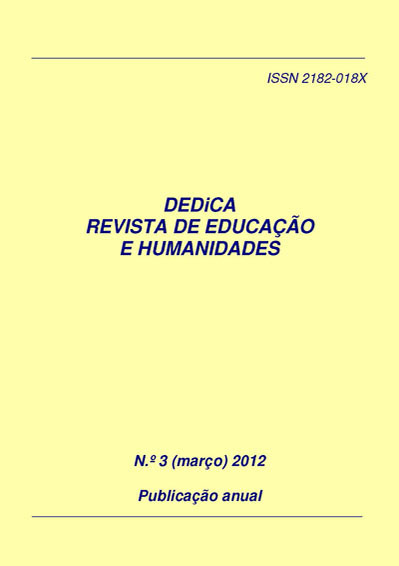DUM-DUM Workshop: Techniques for Group Interaction
DOI:
https://doi.org/10.30827/dreh.v0i3.7108Keywords:
musical rhythm, involvement, inclusion, primary schoolAbstract
This workshop will focus around a proposal on how to foster interculturality through musical rhythm, using our own body as an instrument. Our workshop will put into practice our paper which is entitled: "DUM-DUM: A program designed to promote inclusion through musical rhythm", in which through a participatory model we are able to experience music from another location, and be a creator, a performer and a listener at the same time. In this way, in our community we will feel more connected with one other. As we understand interculturality to be an interactive and living process among the members of a group (in our case the elementary classroom), we create spaces in which the values of members of different ethnicities may be improved by getting to know one another through music. This knowledge will lead us to build values and these will transform our attitudes and behavior. We believe that over and above the clichés that we attribute to each culture, people who make up a group are over and above these clichés, and we must learn to get to know them, in order to transform relations among them.Downloads
References
Dobson, W. (1991). Economic Policy Coordination: Réquiem or Prologue? Revista Javeriana, 125, 618 (1991) 229-241.
González Ferrández, N.; Elena Riaño, M. (2010). Saber sobre música: estrategias metodológicas en Didáctica de la Música. Barcelona: Graó.
González, G. A. (2009). Educación Holística: La pedagogía del siglo XXI. Barcelona: Kairós.
Hawkins, H. (1999). The Heart of the Circle: A Guide to Drumming. Freedom: Crossing Press.
Tugores Ques, J. (1995). Economía Internacional e Integración Económica. Madrid: McGrawHill.












